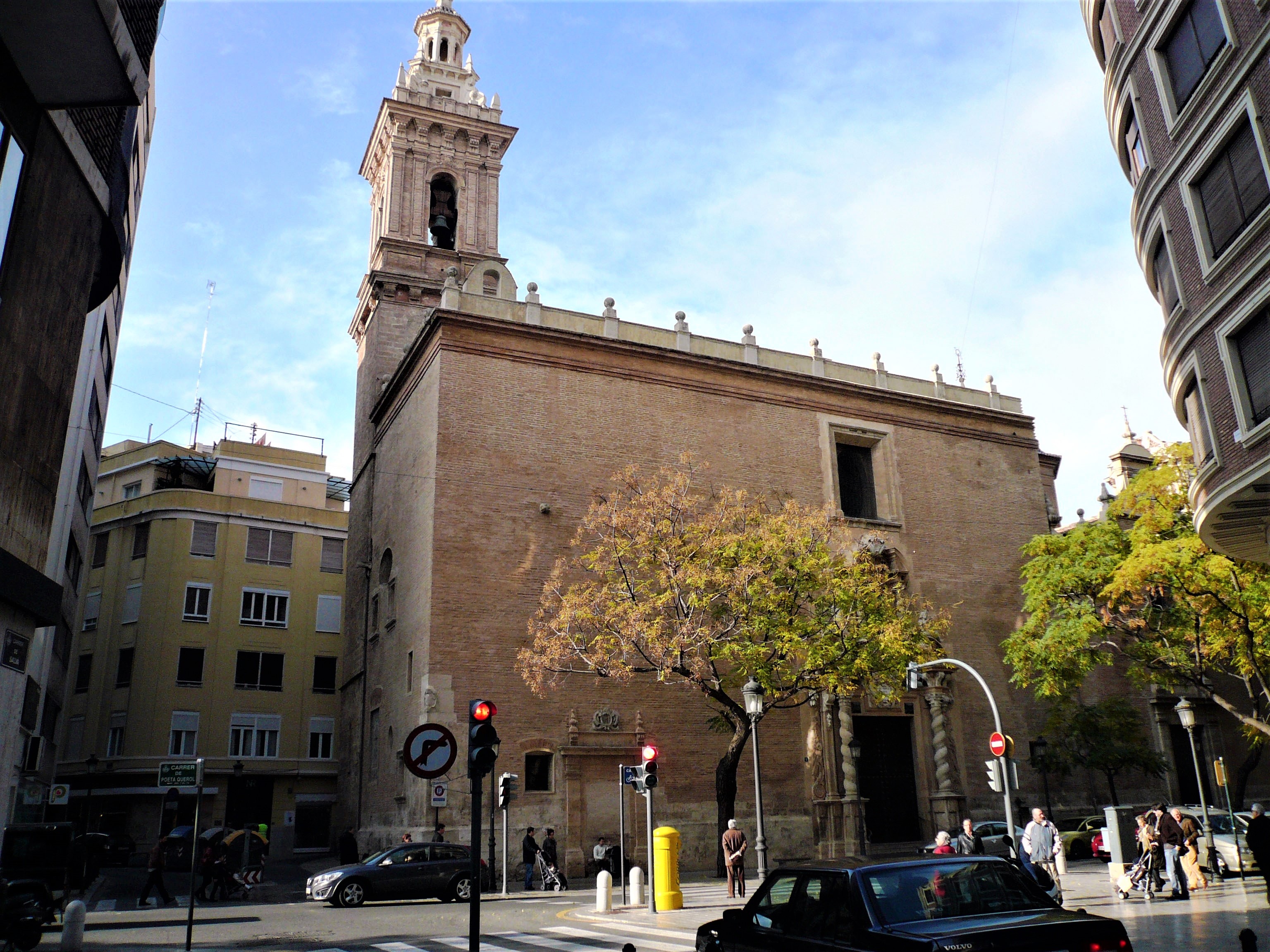This building, belonging to the silk guild, dates from the 15th century. It was restored in the 16th, 17th and, above all, in the 18th century. In 1981 it was declared a historical-artistic monument.
The guild of Velluters (velvet makers) was created in the 15th century, in 1474, due to the importance that silk had acquired in Valencia. In 1686 Carlos II granted the title of "College of Artists" to this guild, and it was renamed the College of Major Art of Silk.
















